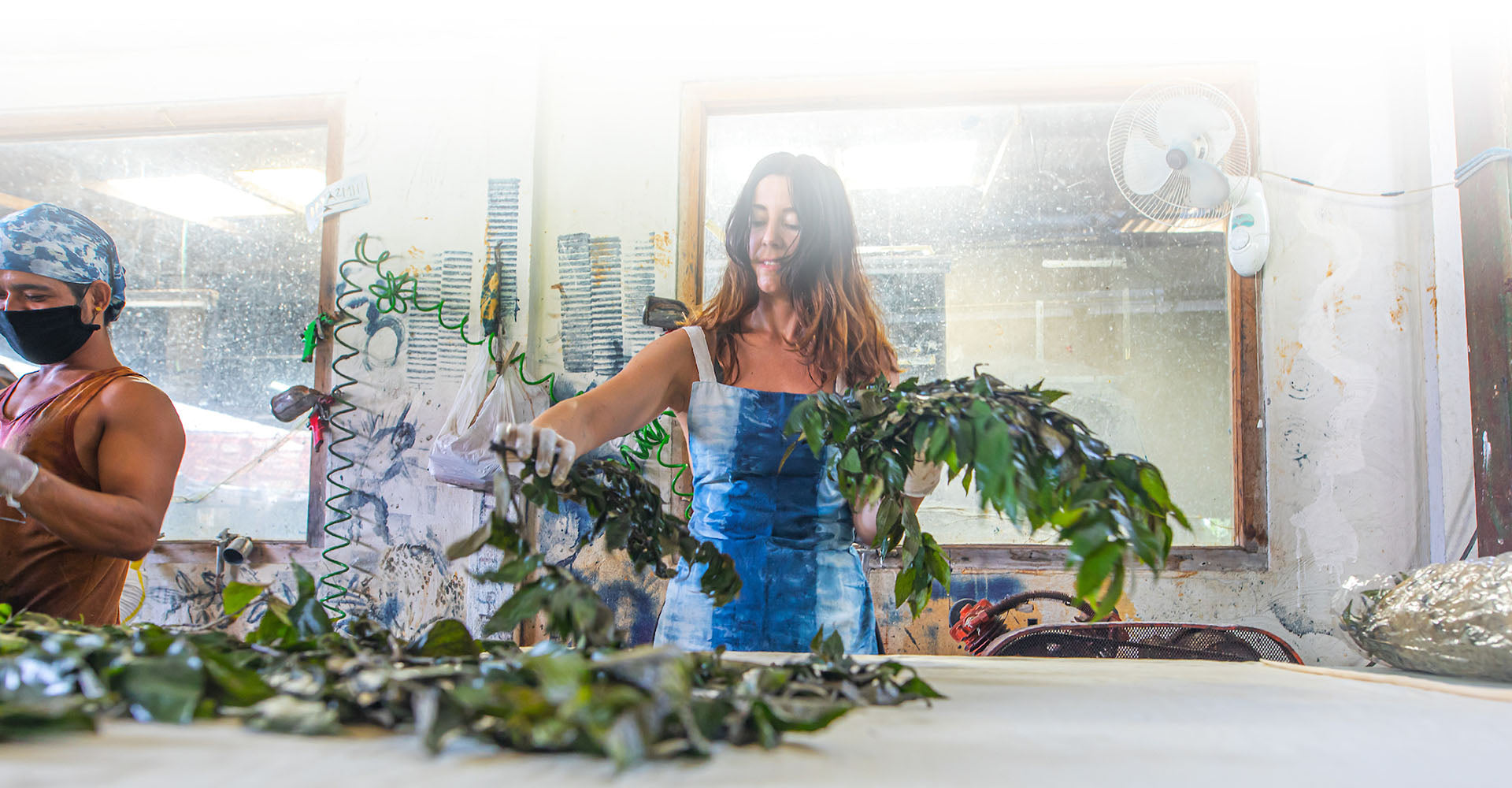Hi Sweet Humans,
In my previous newsletter, I mentioned that I wanted to talk more about sustainability. Specific for fashion industry, the next thing that came to my mind was to discuss slow fashion.
Firstly let’s talk about the opposite side of slow fashion: fast fashion.
I’ve gathered a few sad truths about fast fashion industry:
“The industry emits 1.7 billion tonnes of CO2 annually, is responsible for extensive water use and pollution, and produces 2.1 billion tonnes of waste annually” WWF Report Changing Fashion, 2017
“Because the fashion industry requires low-skilled labour, child labour is particularly common in this industry.”, sustainyourstlye.org
“The average consumer now buys 60% more items of clothing than in 2000, but each garment is kept for half as long as consumers discard items more quickly. These buying habits contribute to the 39 million tonnes of post-consumer textile waste that is generated (at a minimum) worldwide each year – primarily in the form of garments.” Common Objective
Those are just a few of so many sad truths about fast fashion.
Fast fashion idea is to bring the trend from the runway as quickly as possible and as cheap as possible. When the production demand is all about doing it fast and cheap, this is the starting point where being sustainable and ethical not important anymore. Carbon footprint, fairly-paid labor and quality of the clothes are put aside to meet that fast and cheap demand. To this day, fast fashion brands are still generating million dollars of revenue and they are ruling the fashion industry.
The lack of awareness about this topic is the reason why we need to talk about it more.
On the other hand, slow fashion is creating fashion thoughtfully, in a conscious manner and at a low speed production cycle. Slow fashion priorities sustainable and ethical business practices. It’s about timeless design rather than following current trends, because with timeless and classic items can be worn whether it’s in or out of season.
Slow fashion approach is holistic and takes into account the whole process during production and post production. Producing high quality products over quantity has always been the main focus of slow fashion. High quality products promote the longevity of wear, which means reducing the amount of clothes going to the landfill.
Slow fashion appreciates all people involved in all supply chains. Slow fashion brands offer more on the higher price than fast fashion brands but if we look deeper, they fairly pay the people in the amount of money those people should be paid. Just because there are less expensive options out there, it doesn’t mean that it actually costs cheaper.
I also learned another sad truth: slow fashion is the reaction of fast fashion. It's not necessarily a bad thing but most days I imagine a lot about what would've happened if we cared more about our environment, social, surroundings and people in the first place.
I hope one day we all can agree that the only thing that is never out of fashion is being a conscious consumer. In the next newsletter, I want to talk about easy steps that we can do to be more conscious as a consumer.
In the meantime, I want to hear from you how you feel about fast fashion? What are your favourite slow fashion brands? What topic do you want to hear more from me? Let me know in the comment section below!
Love,
Meghan
Customer Login:
Net Orders Checkout
| Item | Price | Qty | Total | |
|---|---|---|---|---|
| Subtotal |
$0.00 |
|||
| Shipping | ||||
| Total | ||||







